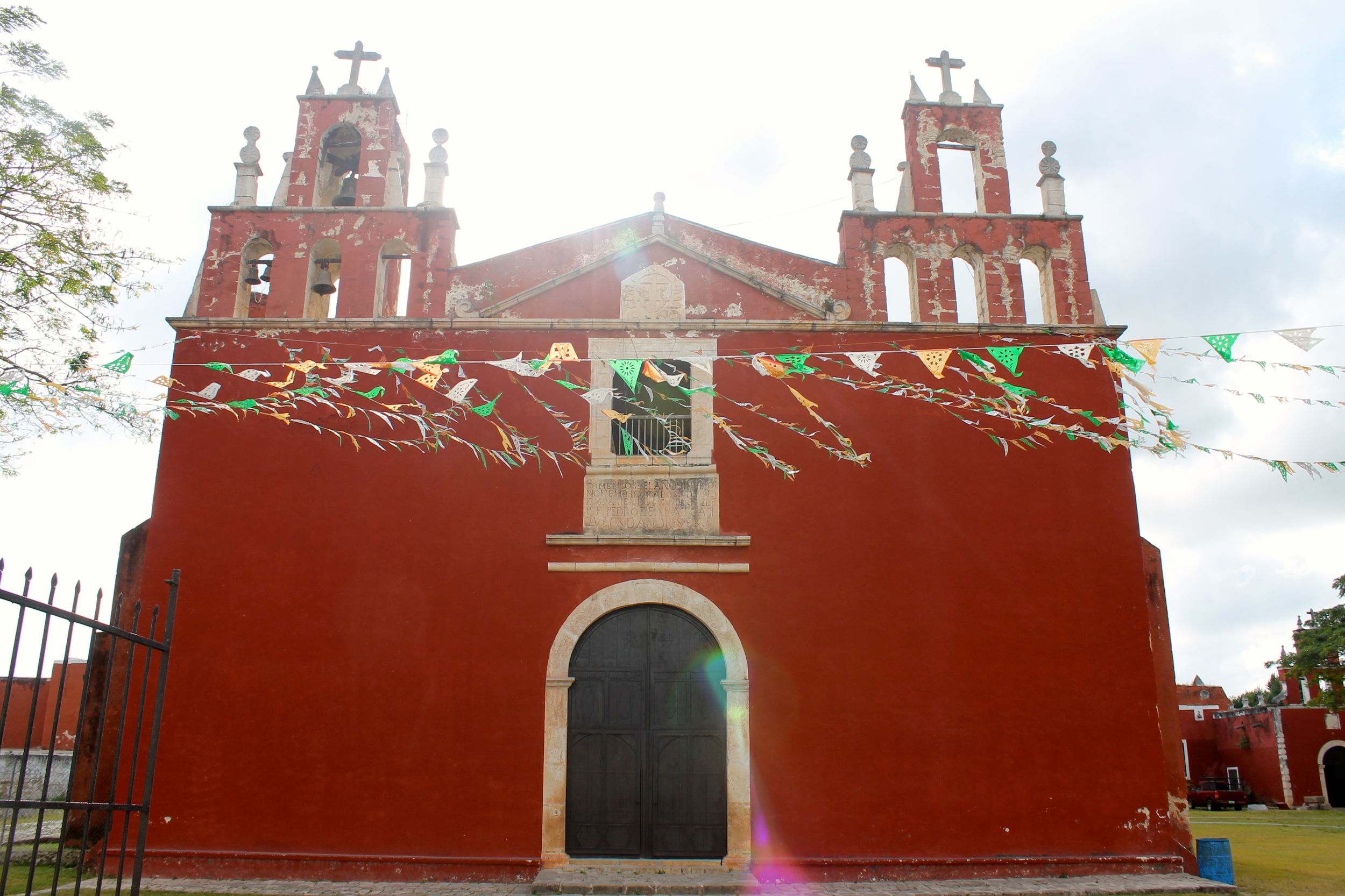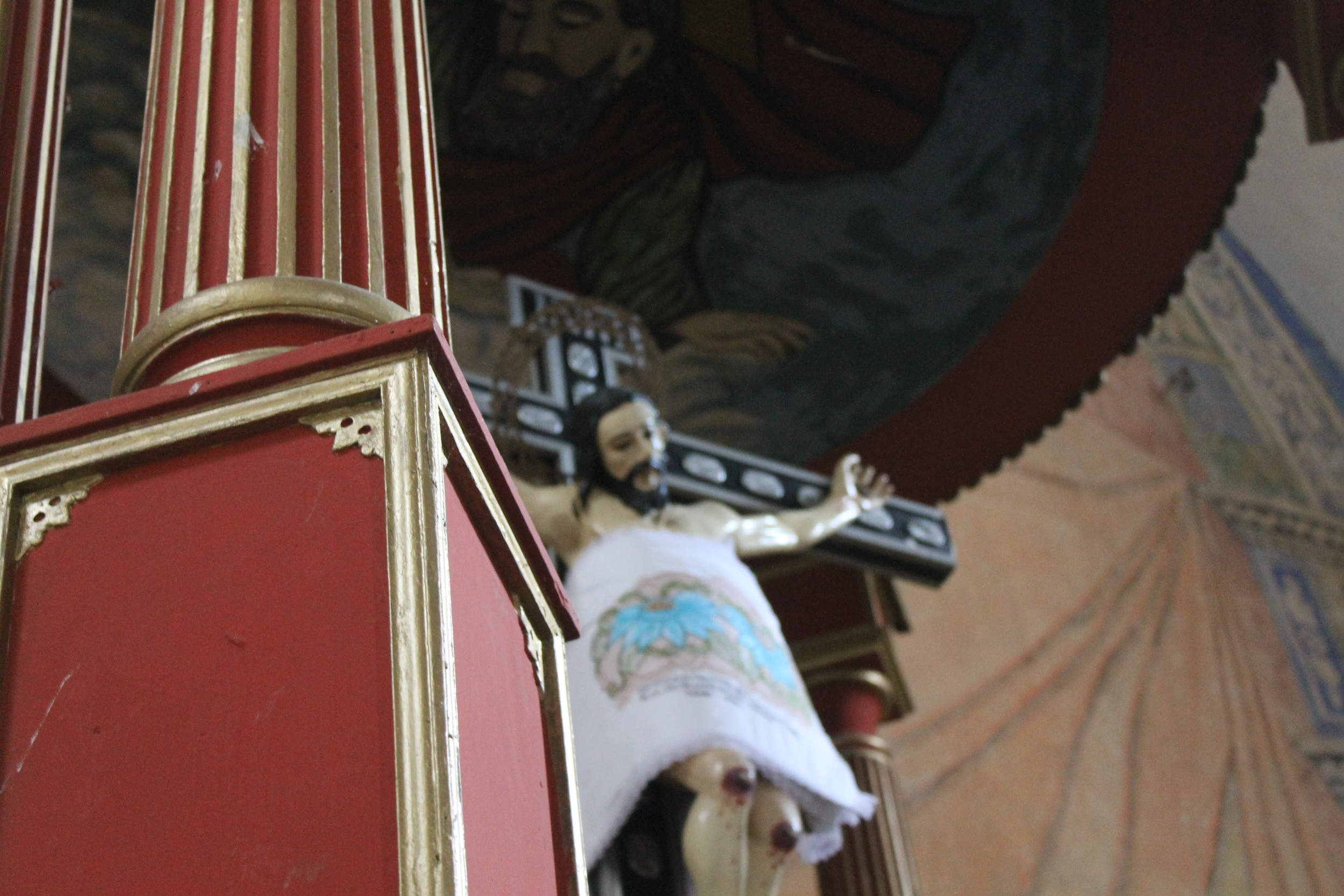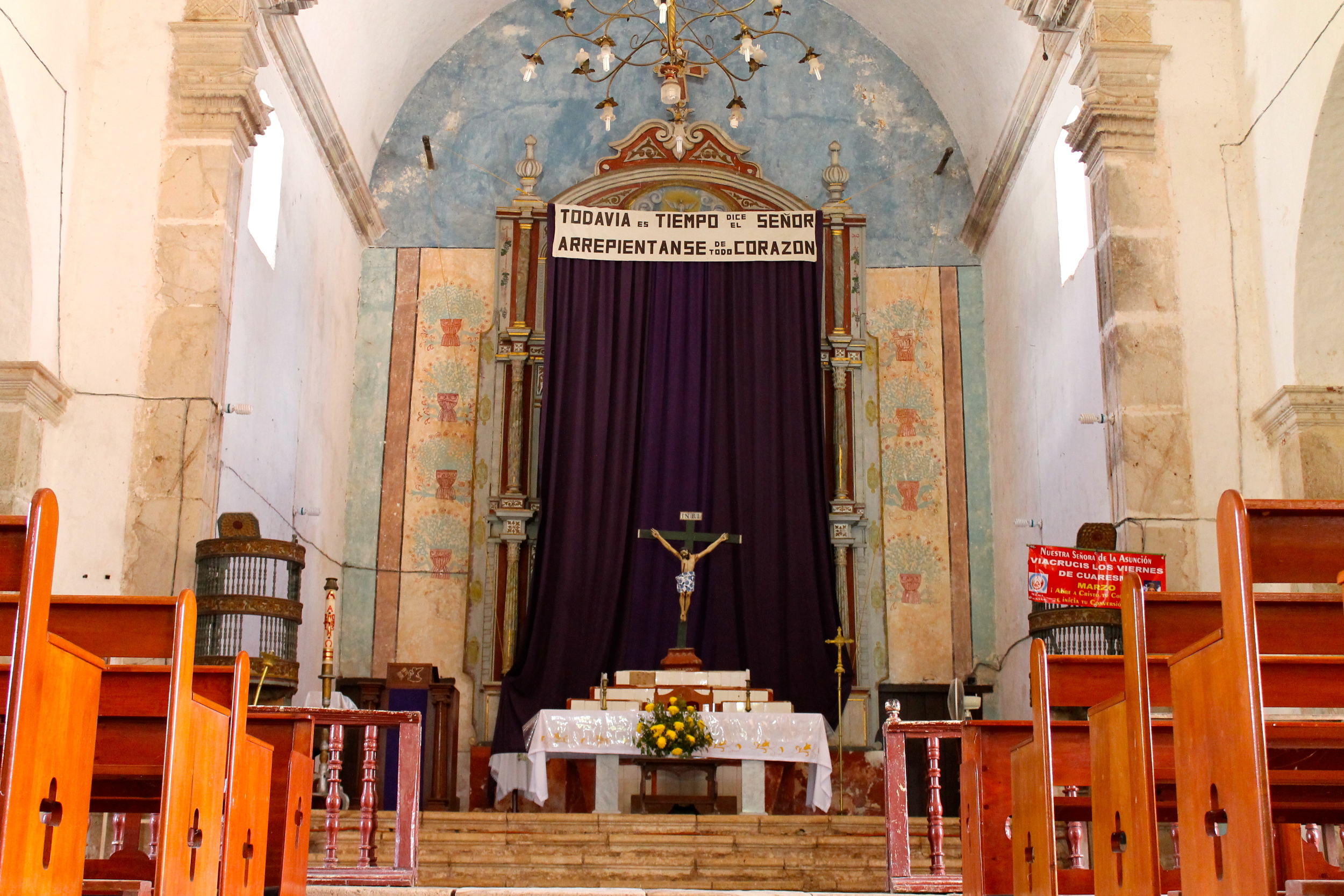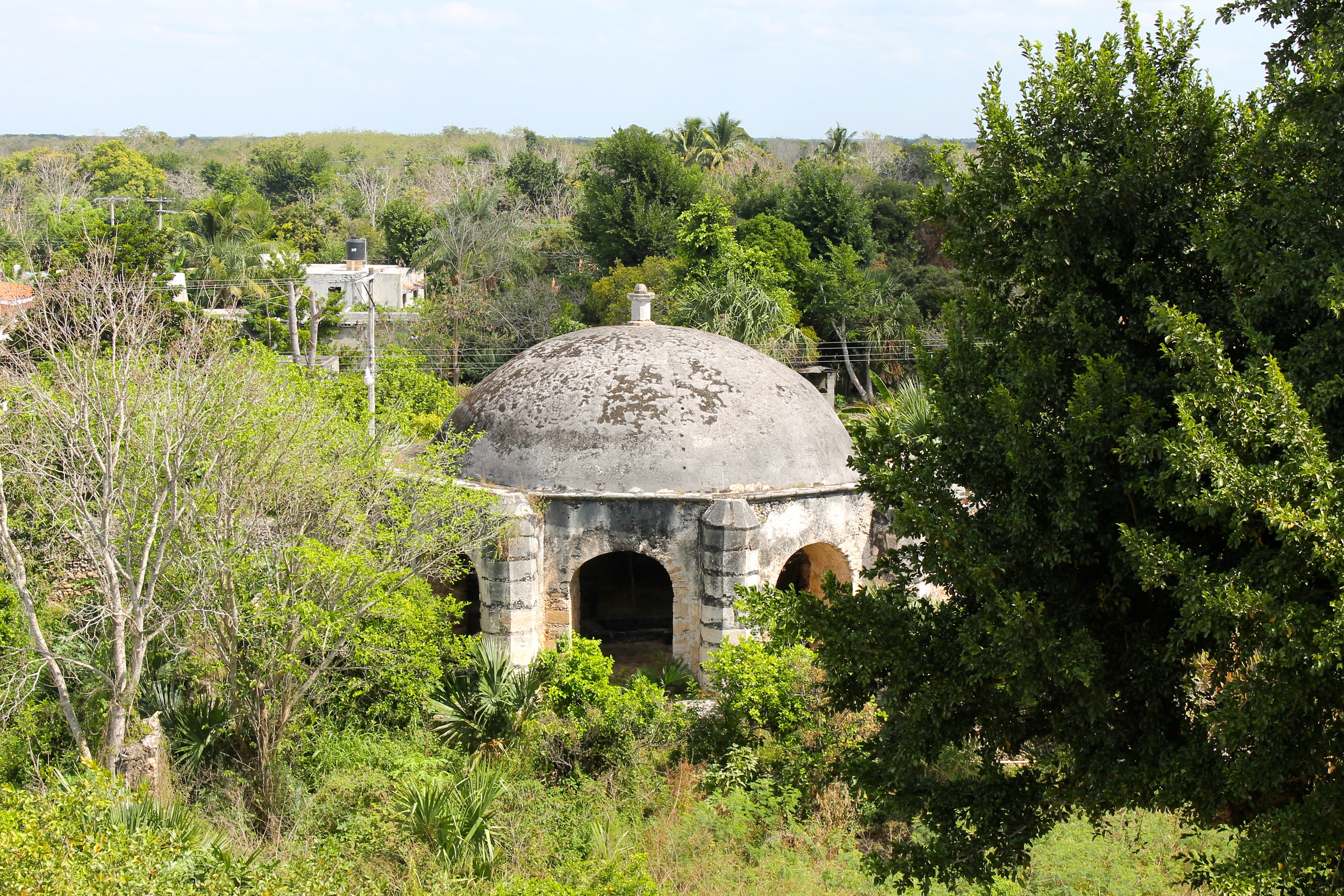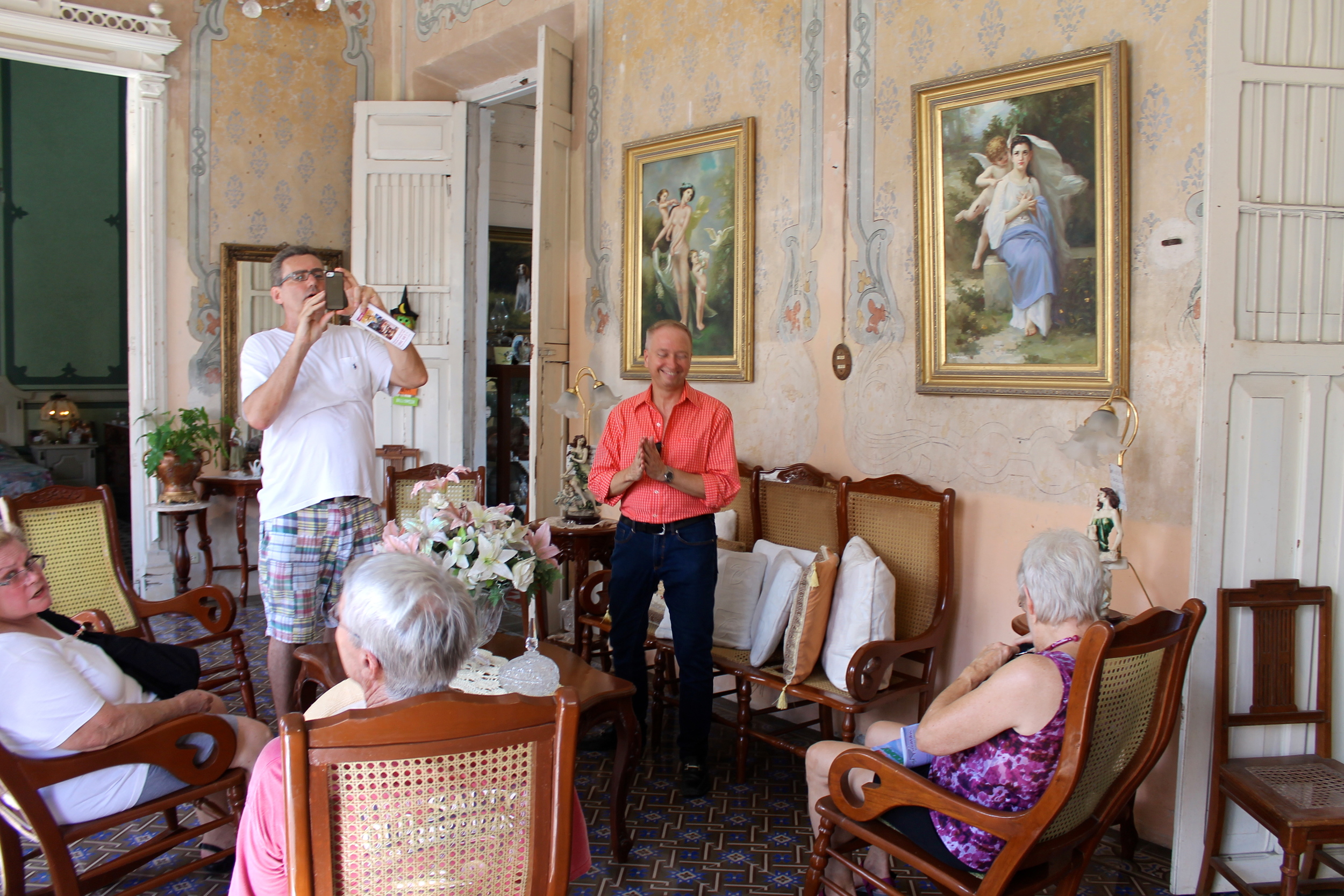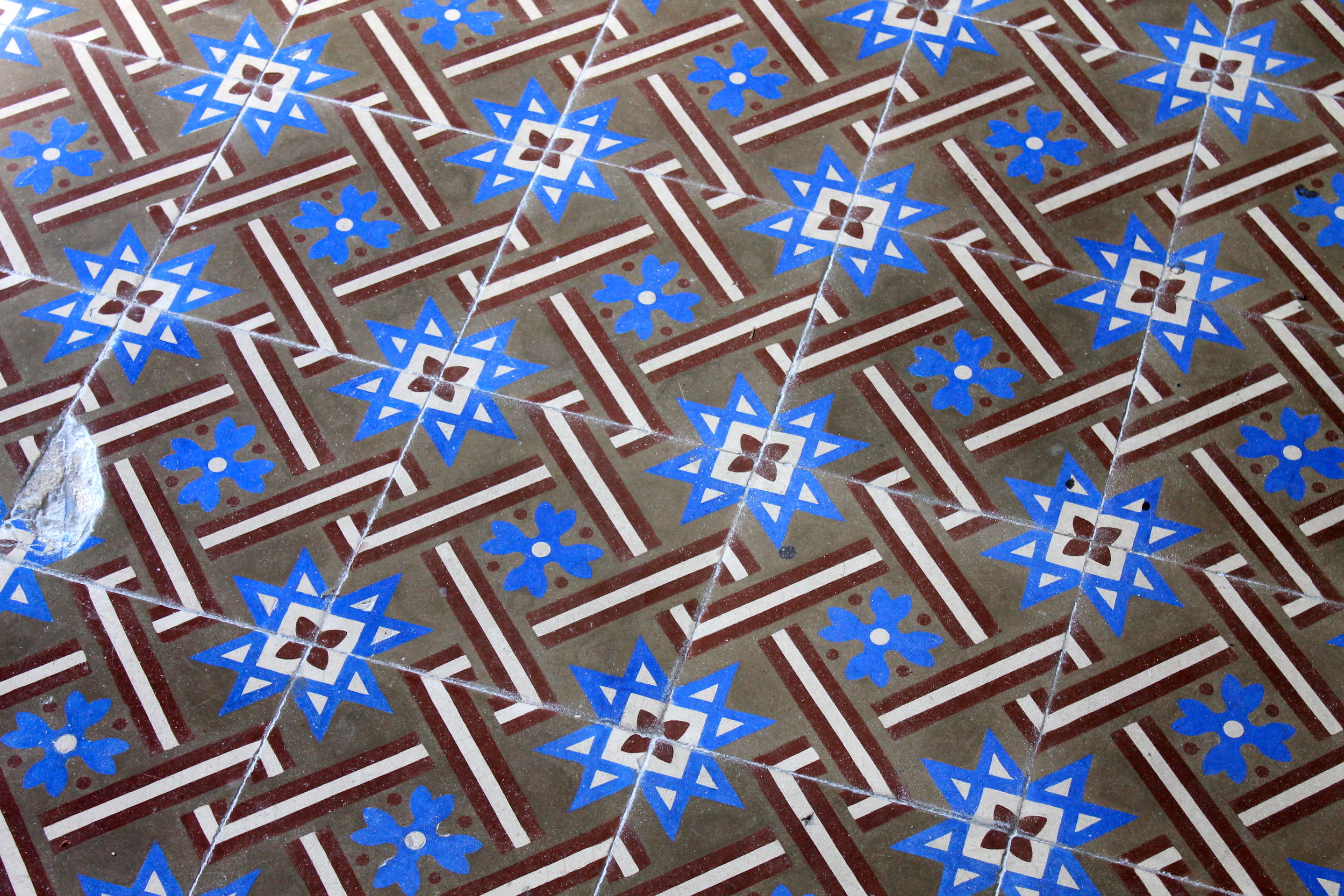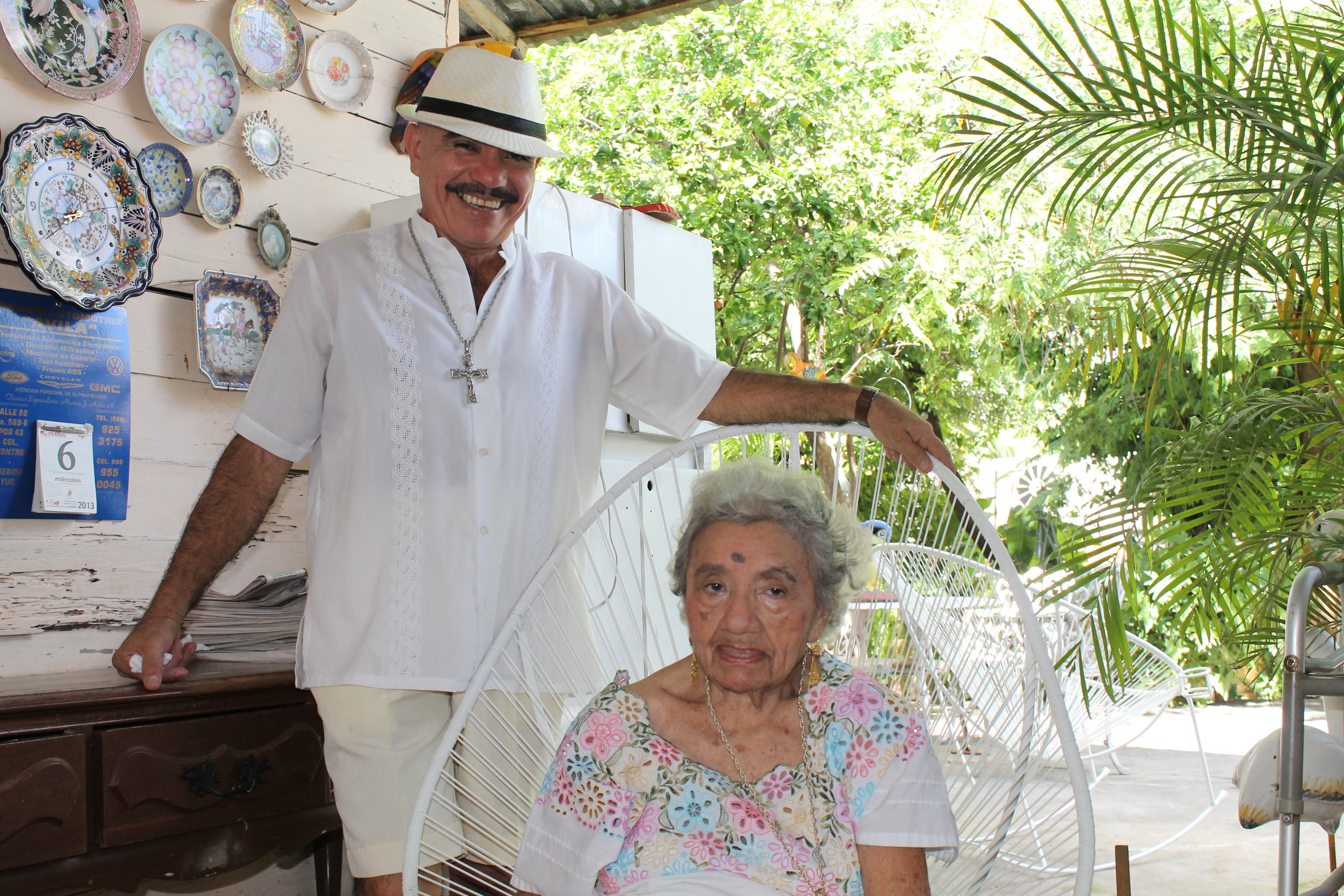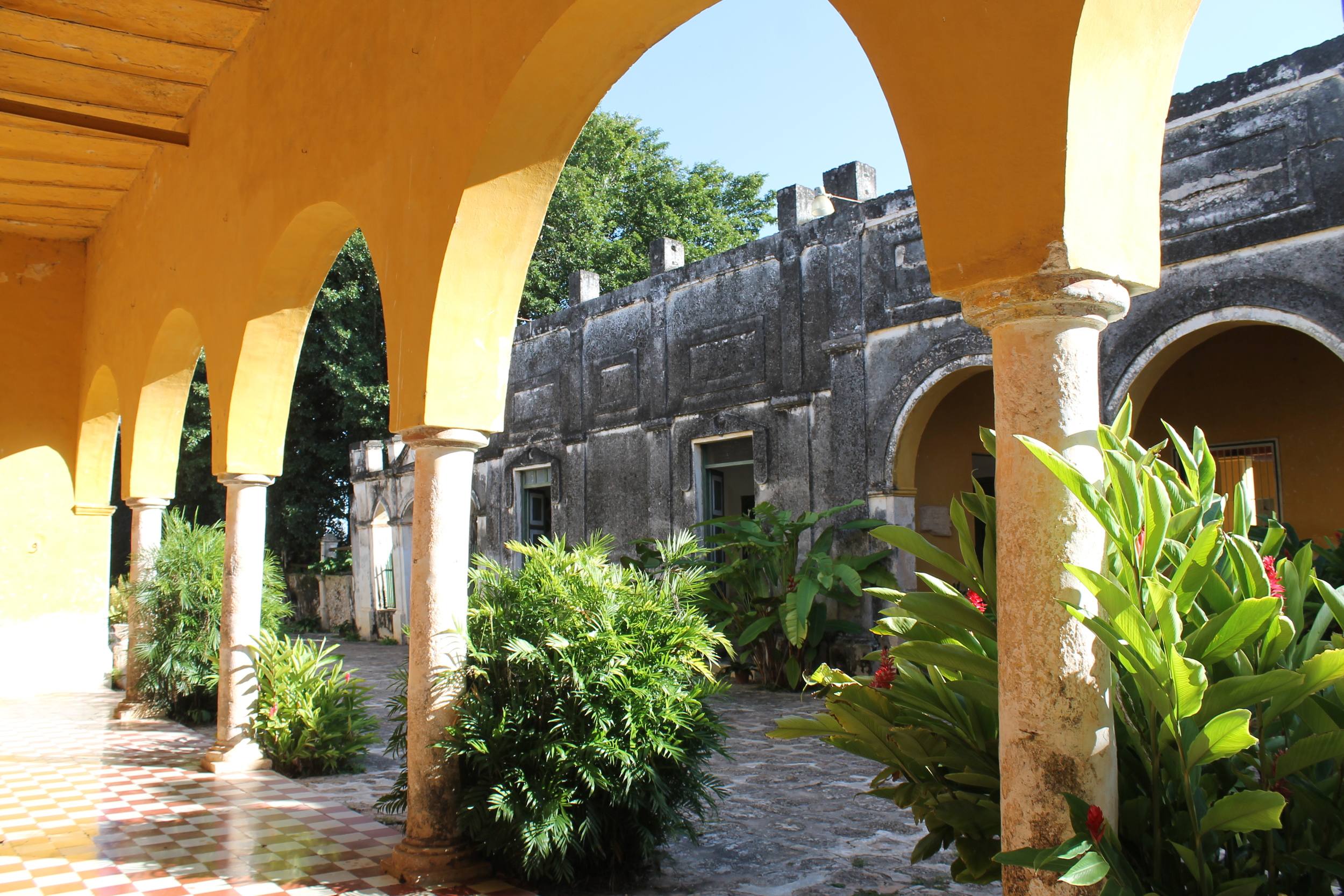In the city of Merida, you will encounter many different barrios, colonias or neighborhoods. So many in fact, that when you look at a map of greater Merida you will be overwhelmed with choices and unfamiliar names that go way beyond the generic “centro” so often used by the expats (hint: centro is not a neighborhood that will appear on any map) or “el centro” which is its local name.
From Azcorra to Miraflores to Mayapan to Brisas, the colonias are all over the map. And they are not all in the central Merida area. The interesting ones with colonial-era churches are, however, and these are the neighborhoods with the most history and often the most photogenic and desirable from a visitors point of view.
One such neighborhood, one of the traditional ones and less visited than say Santiago or Santa Ana, is San Sebastian. San, as you know, is a saint and San Sebastian is a coastal town in the Donostia region of Spain as well.
In Merida’s San Sebastian neighborhood, the yearly celebration of note is the Festival del Pib, where many providers of this important Hanal Pixan dish gather to sell their versions of the delicious and Omeprazol-invoking baked tamal called the pib. This festival is held at the end of October and is a must for all those interested in local food and ambience.
A pib close-up
Another interesting attraction of this neighborhood are the murals/street art on the facades and walls, between La Hermita and the church dedicated to Nuestra Señora de Asunción. These paintings, sponsored by the authorities to revive interest in the area and with paint from Mexican paint company COMEX, are about inclusion, and they are colorful and photo-worthy if you like that sort of thing.
Then of course, there is the Our Lady of the Assumption church, the center of the neighborhood and what gives the area its rather stately feel. Originally a modest center of worship, construction began with help from donations by the faithful around the year 1800, to enlarge the small chapel and create the building we see there now.
This effort was spearheaded by one don Juan Esteban Quijano. The legend of how he came to be involved goes like this:
Don Juan Esteban Quijano, a notable resident of the “white” city of Merida, known for his charitable nature and philanthropic bent, received one day a female visitor, who, in spite of her ragged clothing and poverty-stricken appearance, gave off a dignified air of beauty (these are legends and legends of that time dictate that the poor cannot generally be considered beautiful or dignified). This woman implored don Juan to visit her neighborhood and to help her rebuild her home, a simple palm roofed structure. Her neighbors, all poor, could not be of any assistance and this is why she was asking him. He in turn, impressed by her demeanor and bearing agreed in principle and asked for directions on where he could find her house to which the mysterious woman replied that he would find it in the south west section of the San Sebastian neighborhood and that the home would be identifiable by a ray of sunlight.
Upon visiting the area he found the hut and shining into it was a ray of sunlight, which illuminated the face on a statue of a virgin inside. To his surprise and wonder, the face of this virgin was the face of the woman who had come to ask him for his help.
You can visit the San Sebastian church and neighborhood on your own walking tour of the downtown area or as part of a city tour Lawson’s can organize for you.
